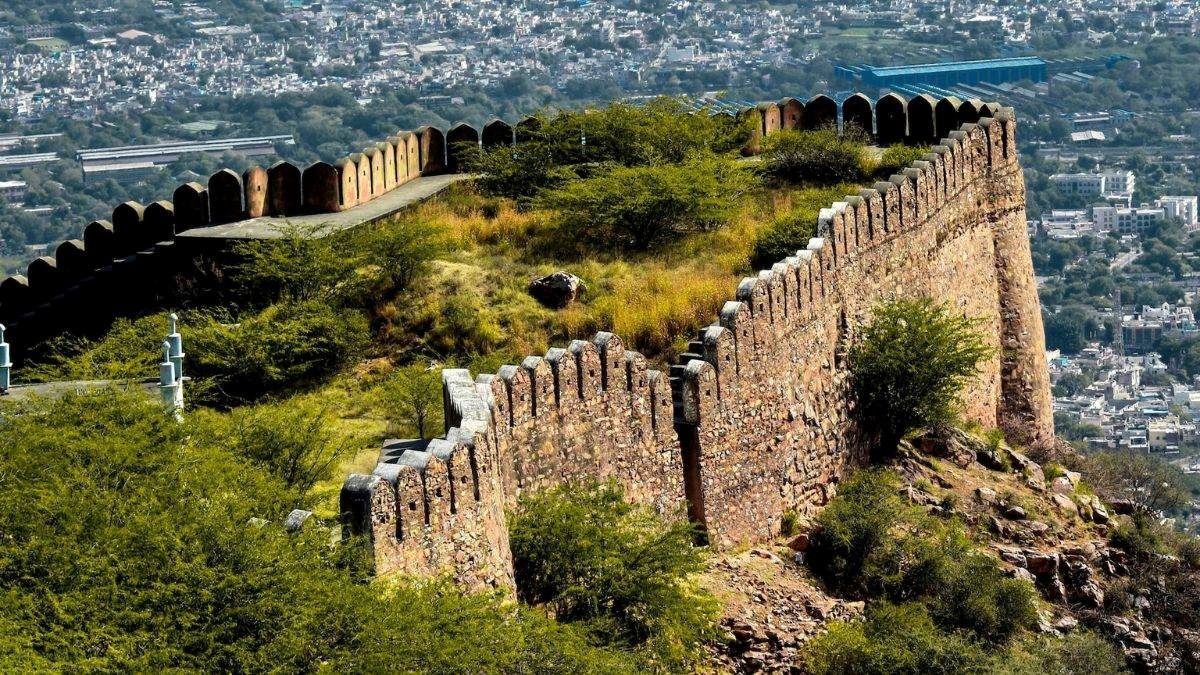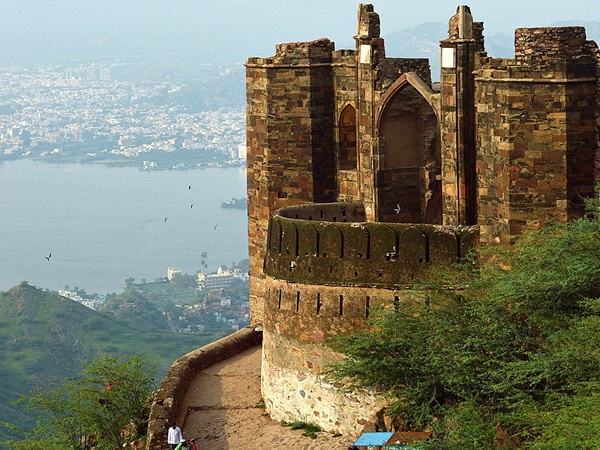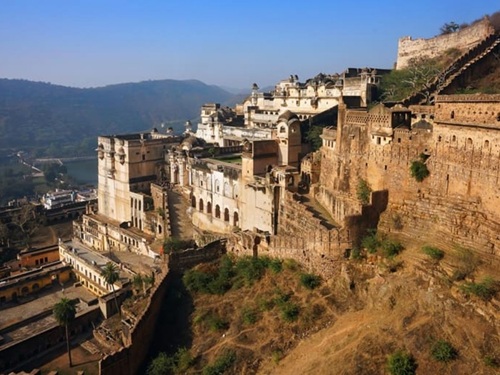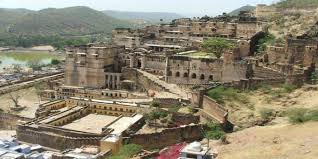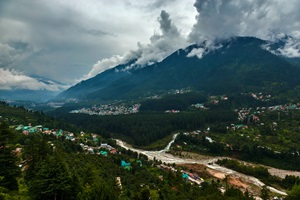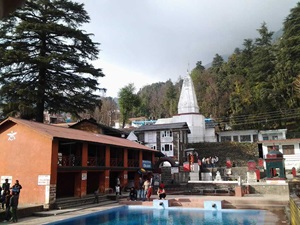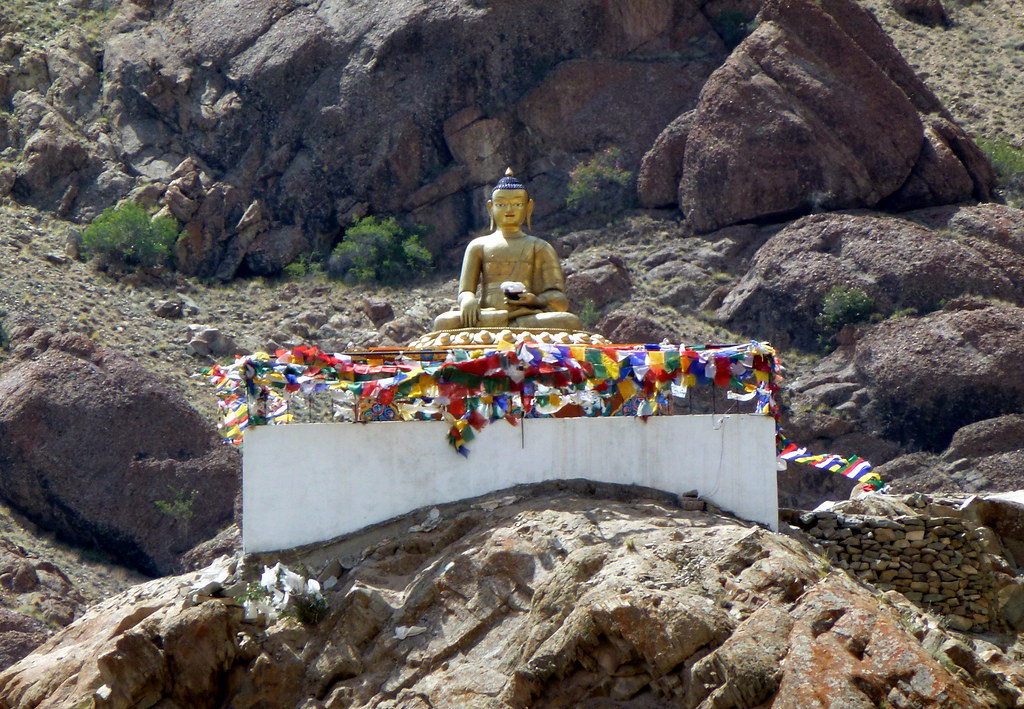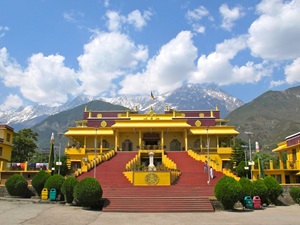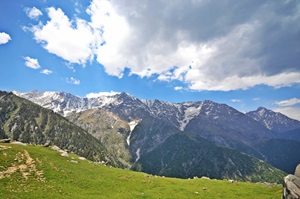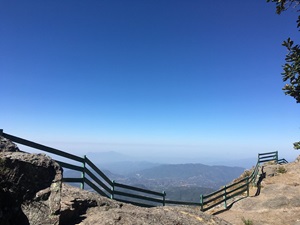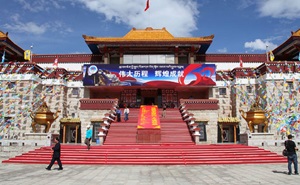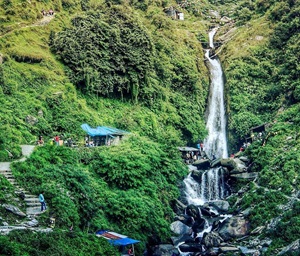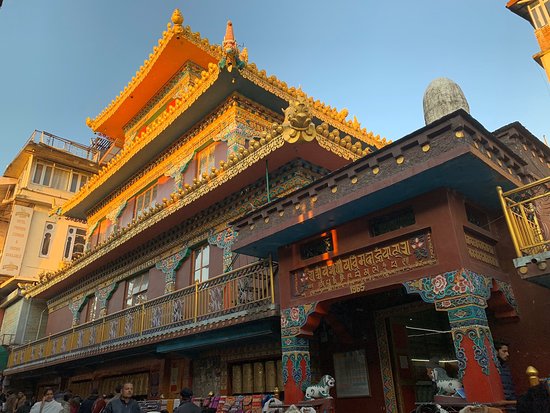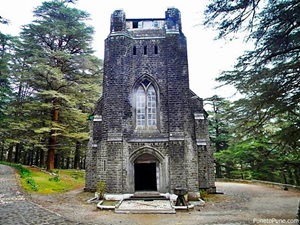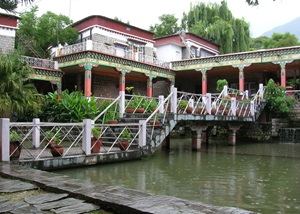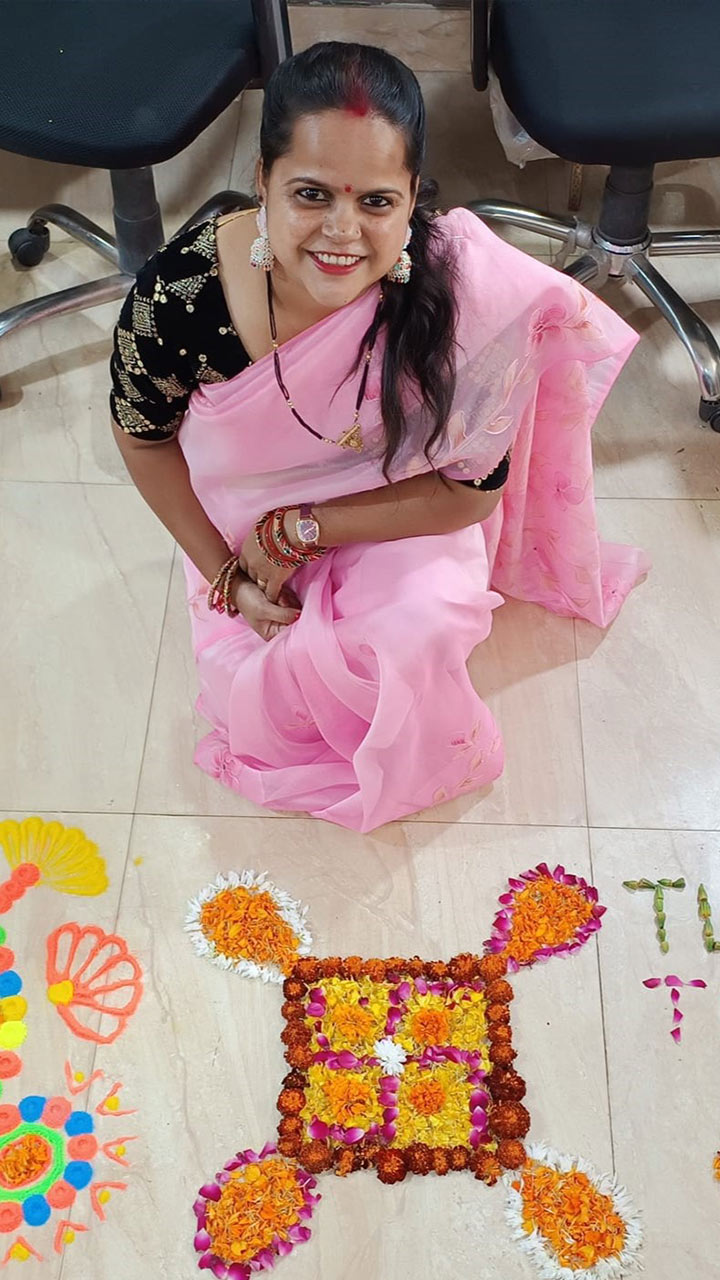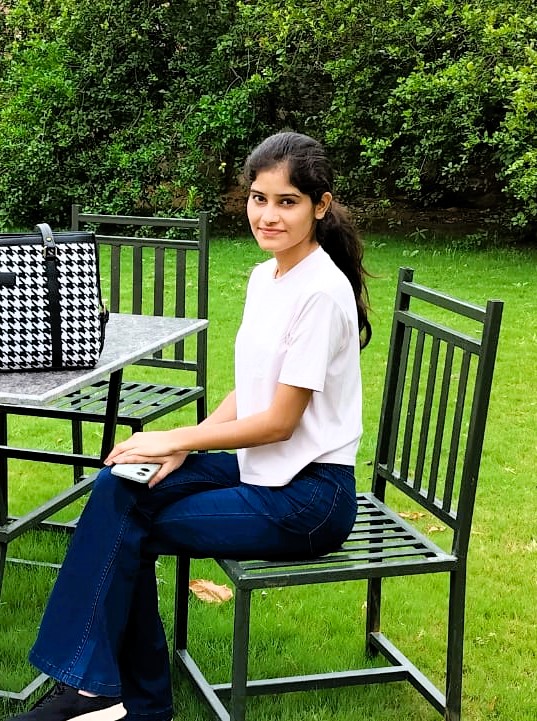Masroor Rock Cut Temple – An Ancient Marvel in Himachal Pradesh
Masroor Rock Cut Temple, located near Kangra in Himachal Pradesh, is an exceptional example of ancient rock-cut architecture. This temple complex, carved into a single rock, is known for its unique construction and stunning views of the surrounding mountains. It is a perfect destination for history enthusiasts and those seeking peace in a spiritual setting.
Also known as the "Indian Khajuraho," the Masroor Rock Cut Temple stands as a testament to the brilliant craftsmanship of ancient builders, offering a captivating glimpse into India’s rich cultural heritage.
Historical Significance
The Masroor Rock Cut Temple dates back to the 8th century and is dedicated to Hindu deities, with several shrines dedicated to Lord Shiva, Vishnu, and other gods. Its history and unique architectural style reflect the grandeur of ancient Indian temple design.
The temple is believed to have been constructed during the reign of the Gurjara-Pratihara dynasty, with the carvings and sculptures representing the religious and cultural significance of that era.
Highlights
Masroor Rock Cut Temple is renowned for its intricate carvings and sculptures, which depict various deities and mythological stories. The temple complex consists of several rock-cut shrines and mandapas, each showcasing fine craftsmanship and architectural excellence.
Its elevated location offers breathtaking views of the surrounding valleys and the majestic Dhauladhar mountain range, adding to the temple's serene and mystical ambiance.
Key Attractions
- Rock-Cut Architecture – Explore the intricately carved shrines and temples, showcasing exceptional craftsmanship.
- Scenic Views – Enjoy panoramic views of the surrounding mountains and valleys from the temple complex.
- Ancient Sculptures – Admire the detailed sculptures of Hindu gods, goddesses, and mythological figures.
- Serene Atmosphere – Experience the peace and tranquility of this spiritual site nestled in nature.
Activities
- Photography – Capture the mesmerizing beauty of the rock-cut temples and the picturesque landscape surrounding the site.
- Exploration – Wander through the temple complex and uncover its historical and spiritual significance.
- Picnicking – Enjoy a peaceful picnic in the scenic surroundings of the temple.
- Spiritual Reflection – Spend time in reflection and meditation in the serene temple environment.
How to Reach
- By Road: Masroor Rock Cut Temple is located approximately 30 km from Dharamshala and is easily accessible by road. Local taxis and buses are available for the journey.
- By Train: Kangra Railway Station is the nearest railhead, and from there, taxis or buses can take you to the temple.
- By Air: The nearest airport is Gaggal Airport (Dharamshala), located about 20 km away. Taxis are available for onward travel to the temple.
Best Time to Visit
- Season: The best time to visit the Masroor Rock Cut Temple is during the months of March to June and September to November, when the weather is pleasant for sightseeing and outdoor activities.
- Time of Day: Early mornings and evenings provide a peaceful atmosphere, perfect for exploring and reflecting in the temple complex.
Nearby Attractions
- Bhagsunag Waterfall – A scenic waterfall located near Dharamshala, ideal for nature lovers and trekking enthusiasts.
- Dal Lake – A serene and picturesque lake surrounded by dense deodar forests, perfect for a peaceful retreat.
- McLeod Ganj – A famous hill station known for its Tibetan culture, monasteries, and the residence of the Dalai Lama.
- Dharamshala Cricket Stadium – A world-renowned cricket stadium located amidst the beautiful Dhauladhar range, offering stunning views.
Tips for Visitors
- Wear Comfortable Shoes: The temple complex involves some walking, so comfortable footwear is recommended.
- Carry Water and Snacks: There are limited food options around, so it’s a good idea to carry water and snacks for your visit.
- Respect the Sacred Site: As it is a religious place, maintain decorum and avoid disturbing the peace and serenity of the temple.
- Visit Early: To avoid the crowds and experience the temple in a more peaceful environment, visit early in the day.
